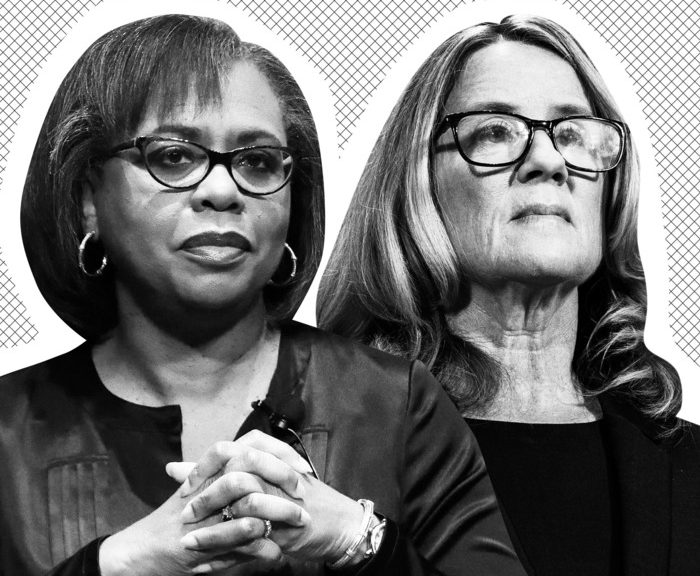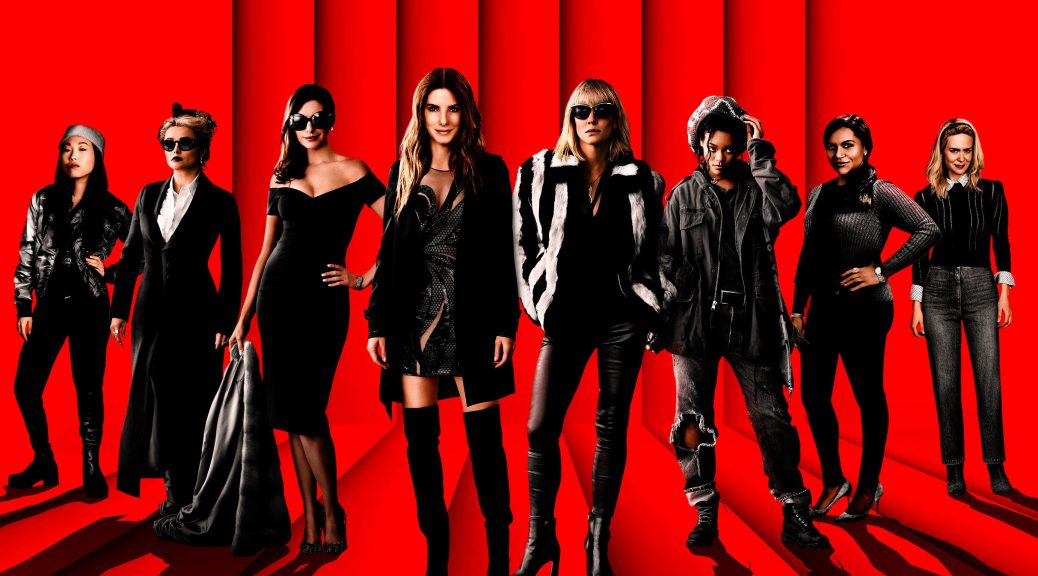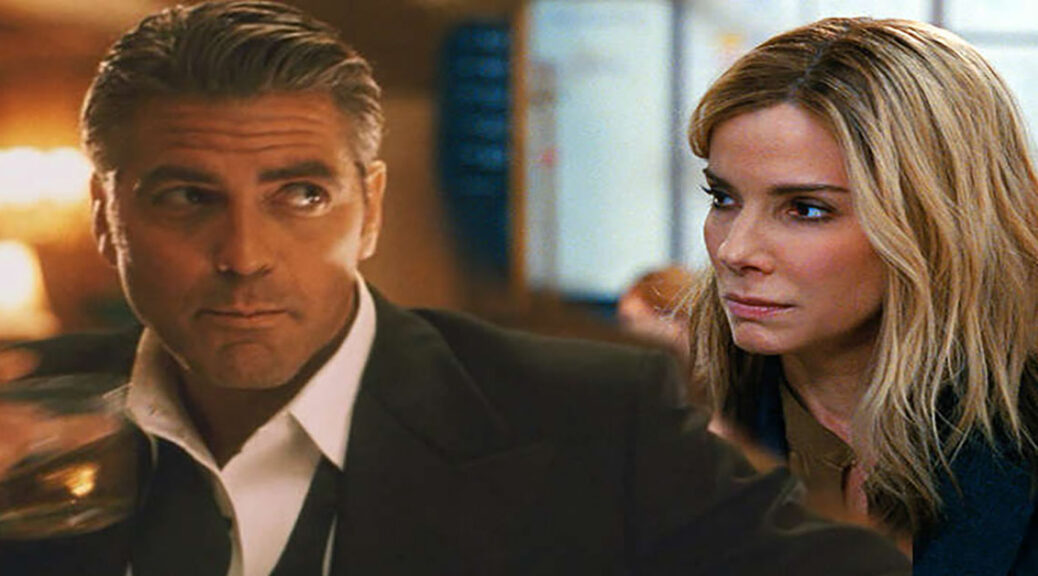By: Hannah Xue

As a woman in a monogamous relationship, it’s been some time since I’ve found myself in the online dating scene. But even when I reflect on my short lived days a self-proclaimed Tinder queen, I can fondly recall some of the charming one liners that I used to receive:
“Ni hao ma”
“Hey ling ling”
And my personal favorite,
“You look like my favorite kpop star before her 2nd nose job”
Aside from being blatantly unoriginal, these pick up lines all share the quality of using my racial identity as a tool of courtship. It’s grossly offensive, and yet, an experience that many women of color can relate to.
Fetishism in online dating isn’t a new phenomenon, but Instagram user @thefleshlightchronicles AKA Lillian has been using her unsavory encounters on Tinder to create memes, art, and reclaim WOC sexuality. She juxtaposes the racist, lewd, or just downright distasteful messages she receives from men with captions that contain some of the most incredible clapbacks I’ve ever seen on the internet. But her photos aren’t simply meant to provoke some laughs – she is serious about deconstructing the fetishized dating experiences women face.
Lillian defines fetishization as a combination of sexual prejudice and power, where individuals with greater social and bodily mobility enact fantasies of power over those with less agency. “As dominant figures in our society, White men have the power to dictate the narrative of how our lives go – what our worth is in society.” Historical traumas of war, conquest, slavery and incarceration among non-white peoples form the foundation of racism in our current society, and fetishization replicates those dynamics, albeit on a smaller scale, onto the bodies of WOC today. Sadly, the popularity and accessibility of online dating makes it easier than ever for people to assert their fetishes. The added protection of typing from behind a screen emboldens some offenders and makes them think there can be no physical consequences to their actions.
But @thefleshlightchronicles proves that no one should assume they are safe from being held accountable for their misogyny. The series of “Ego Death” story highlights on her page publicize reactions to a post she wrote about a man named Ivan, who was well known around his college campus for exclusively dating WOC as a means of gaining faux-woke social capital and then unceremoniously ghosting them.
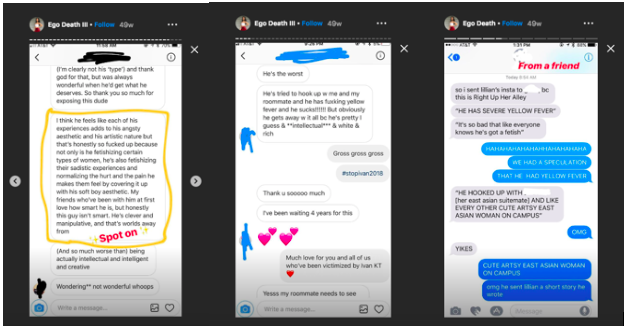
Many of the replies to the post were from other women who Ivan had used. They shared information about how he lied to and manipulated them, and they thanked Lillian for validating their experiences. And in the end, that’s all @thefleshlightchronicles was originally intended to do – create a safe space for WOC to address racial traumas and reclaim their online space.

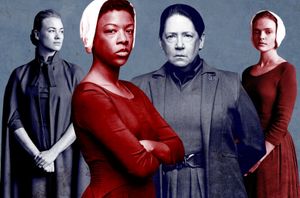








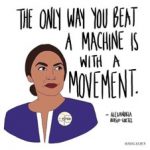





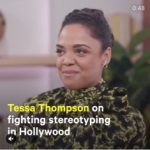











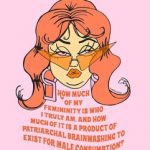
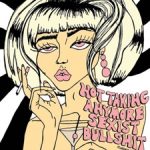
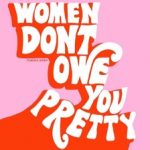
 Photo 1: Friends showing support.
Photo 1: Friends showing support.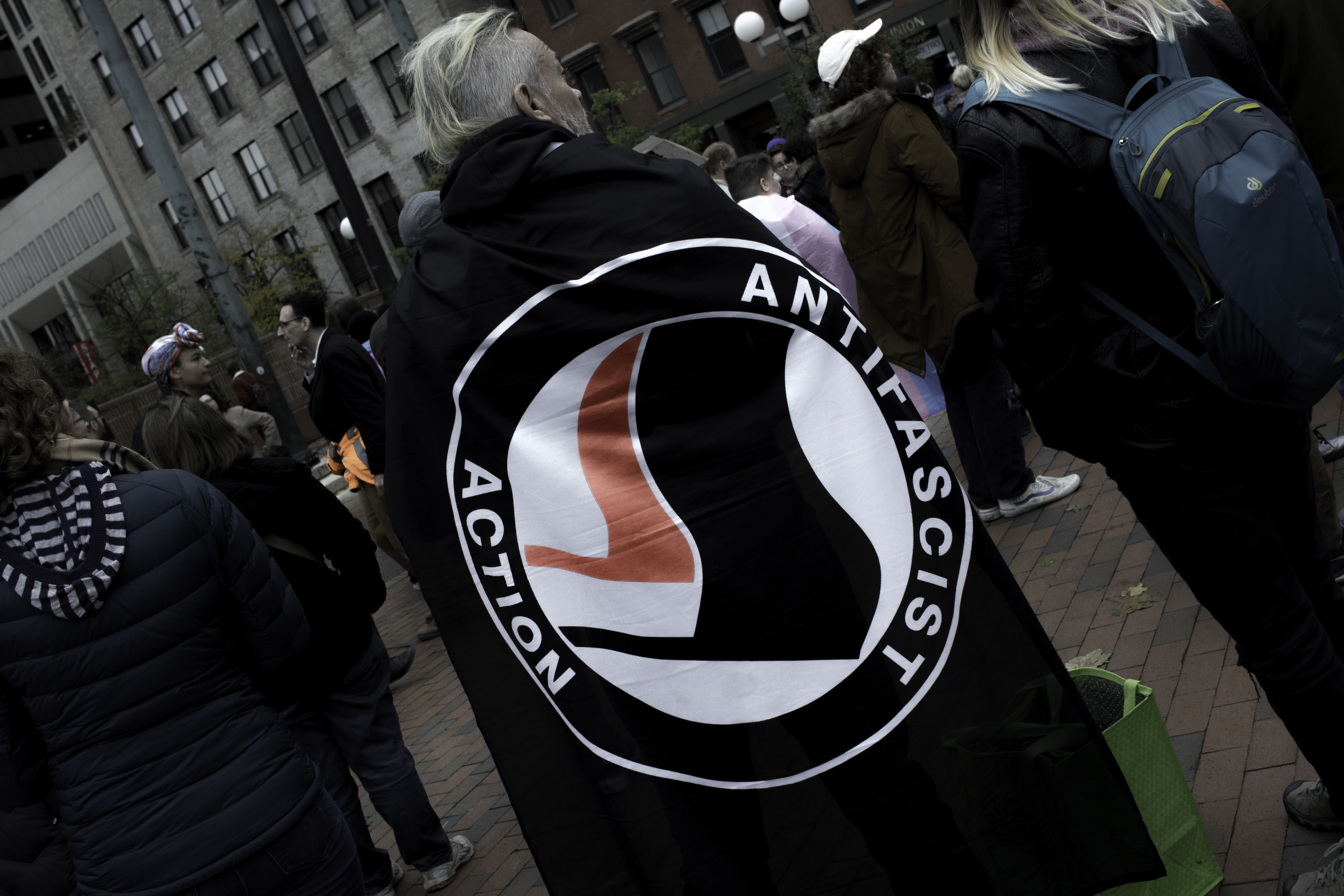 Photo 2: Fear. Resistance. The Edge of Violence.
Photo 2: Fear. Resistance. The Edge of Violence.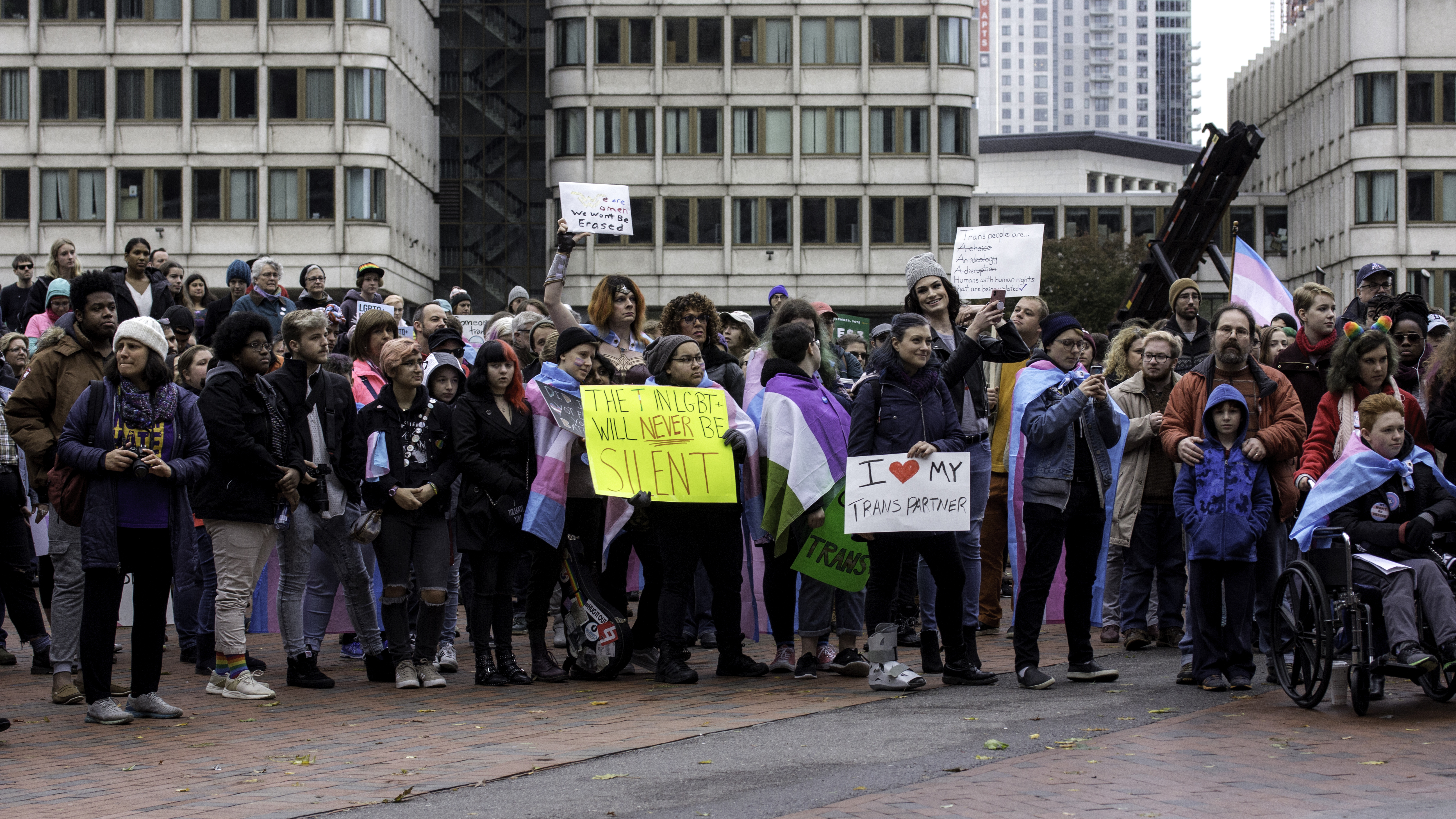 Photo 3: Wide shot of crowd.
Photo 3: Wide shot of crowd. Photo 4: Accessibility and joy.
Photo 4: Accessibility and joy.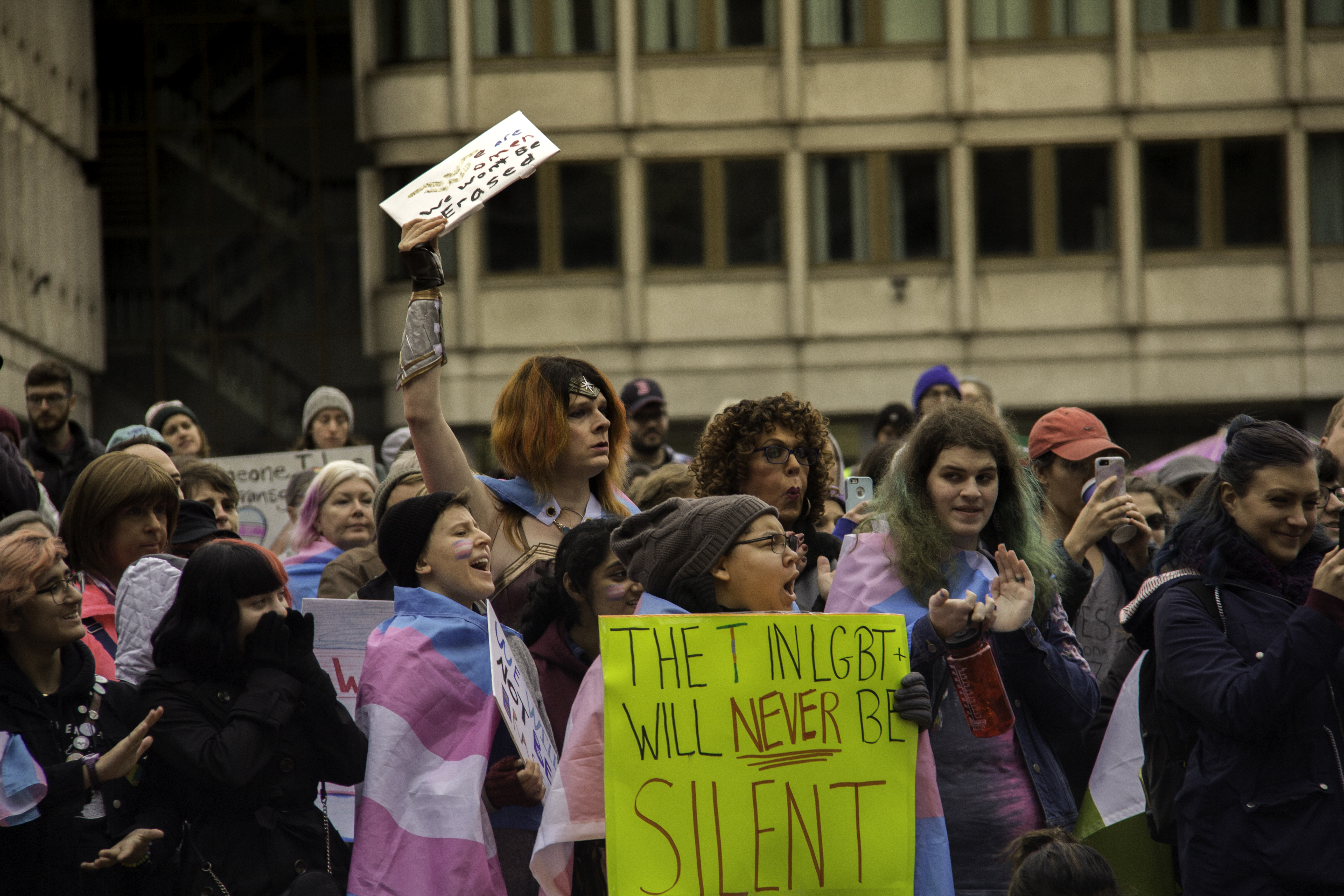 Photo 5: Wonder Woman.
Photo 5: Wonder Woman.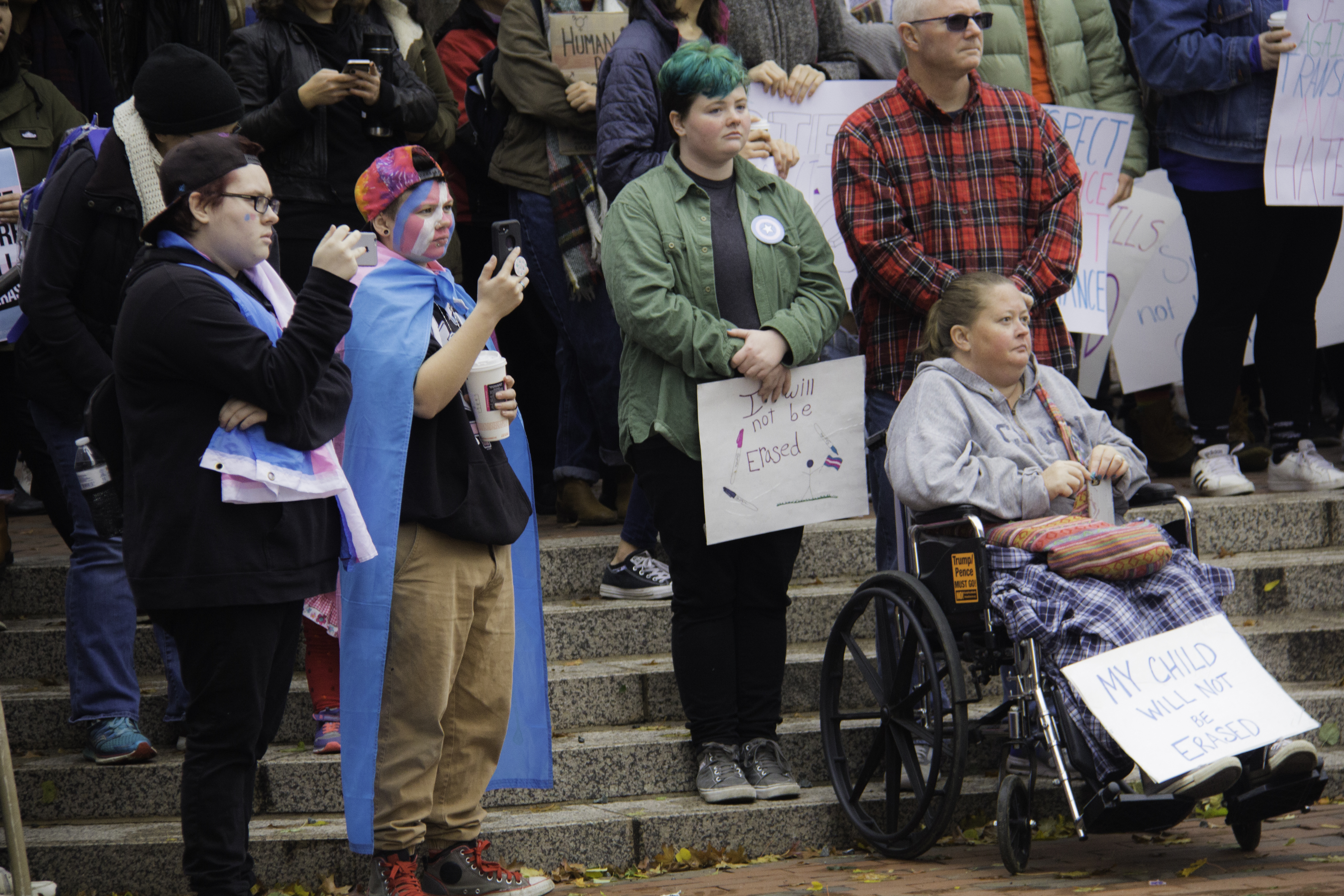 Photo 6: Solidarity, both digital and real.
Photo 6: Solidarity, both digital and real. Photo 7: Love in times of fear.
Photo 7: Love in times of fear.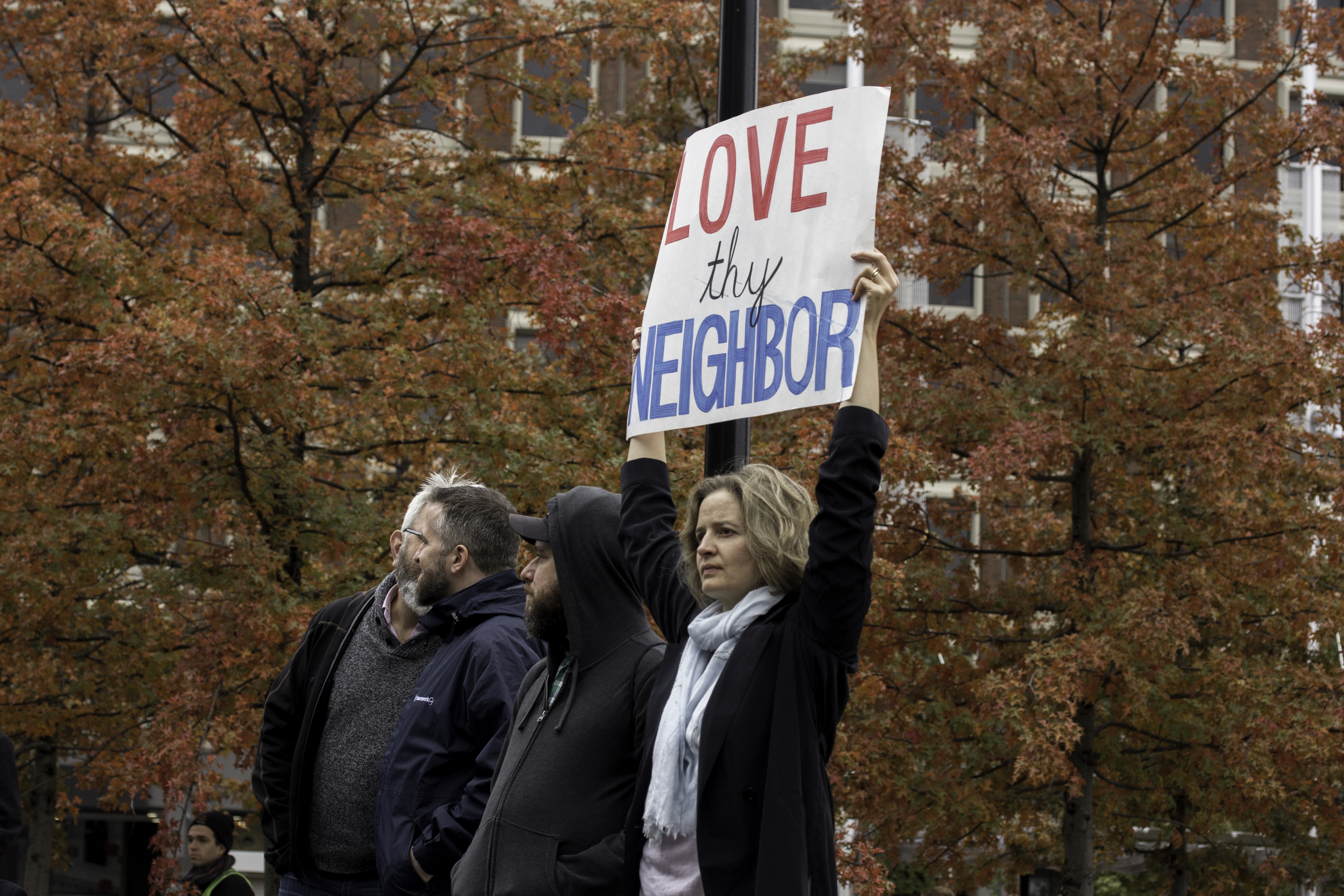 Photo 8: Religious love.
Photo 8: Religious love. Photo 9: The sea of support.
Photo 9: The sea of support. Photo 10:
Photo 10: 